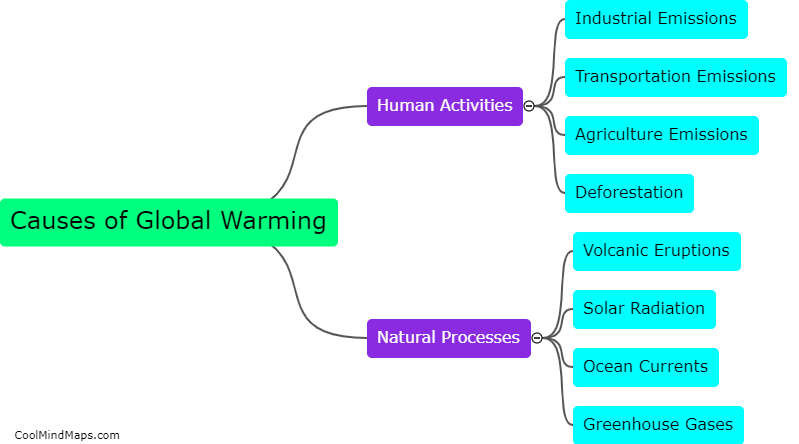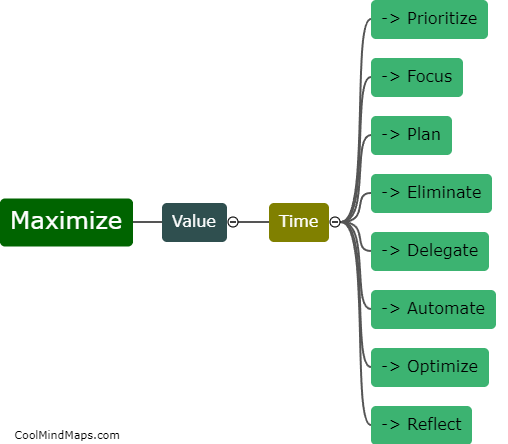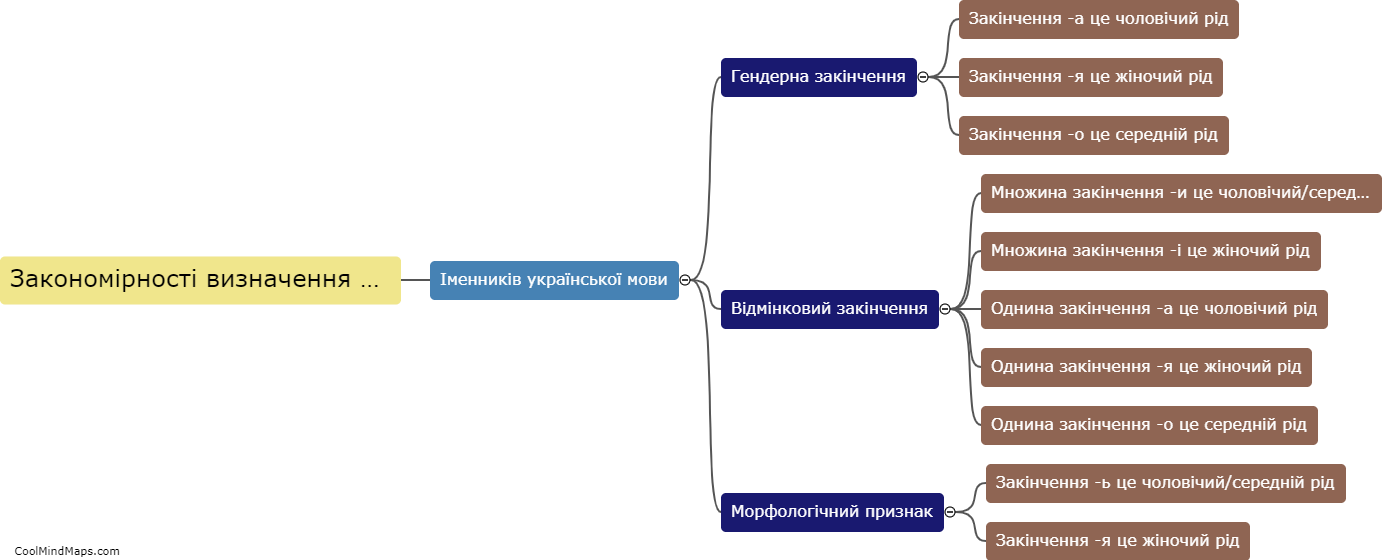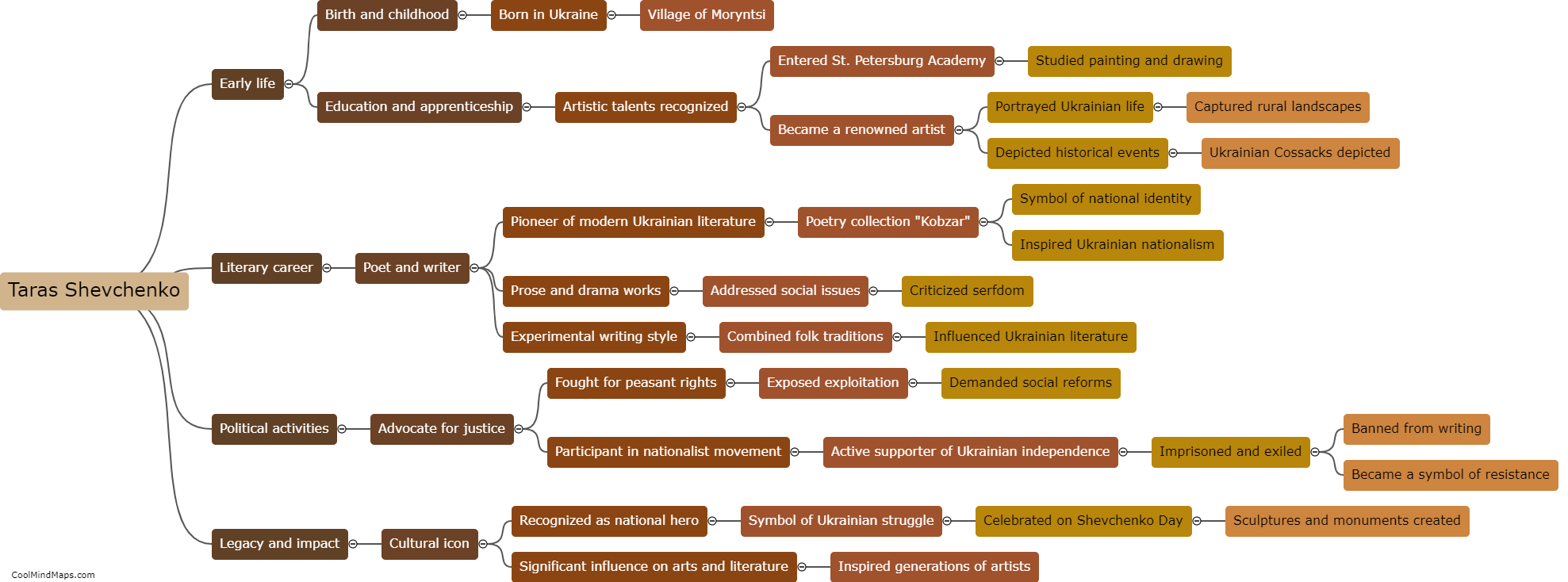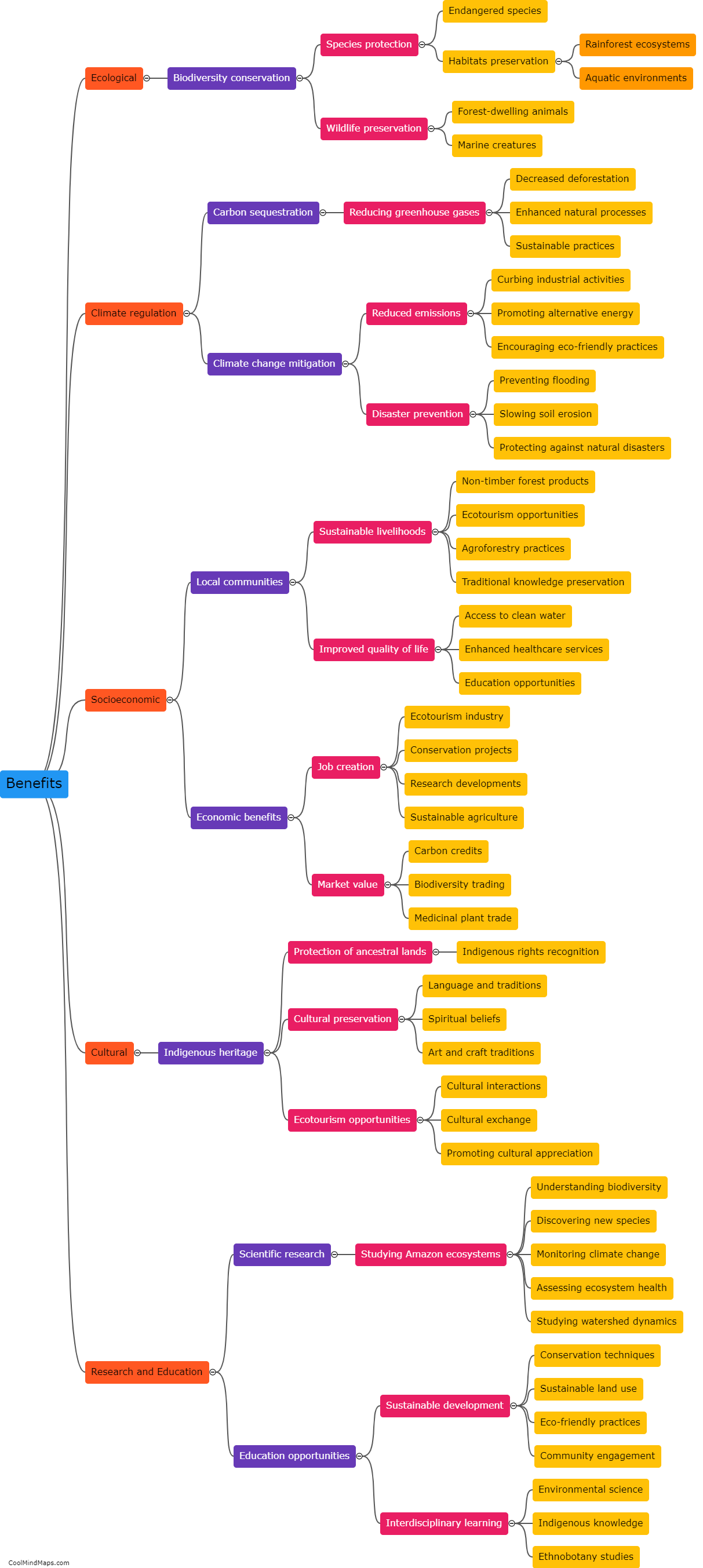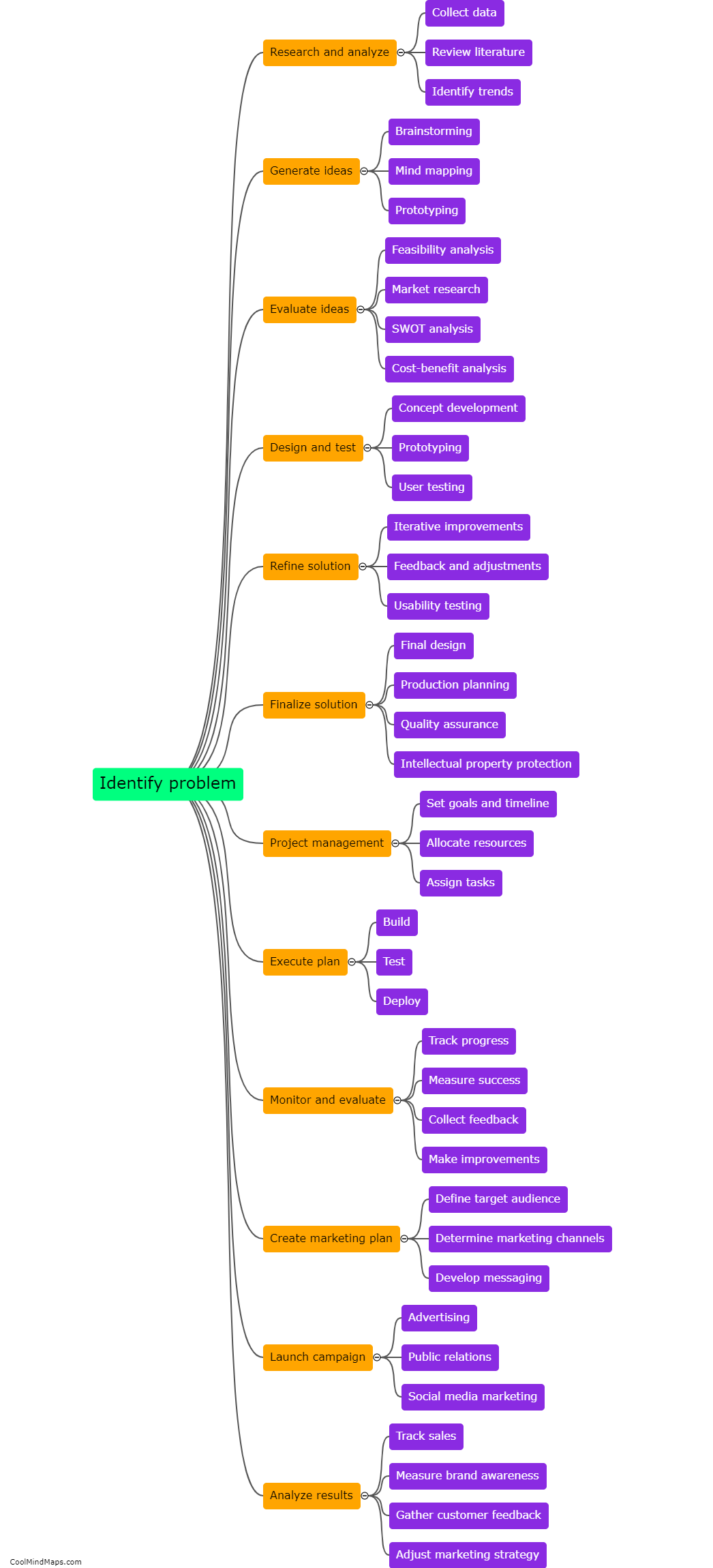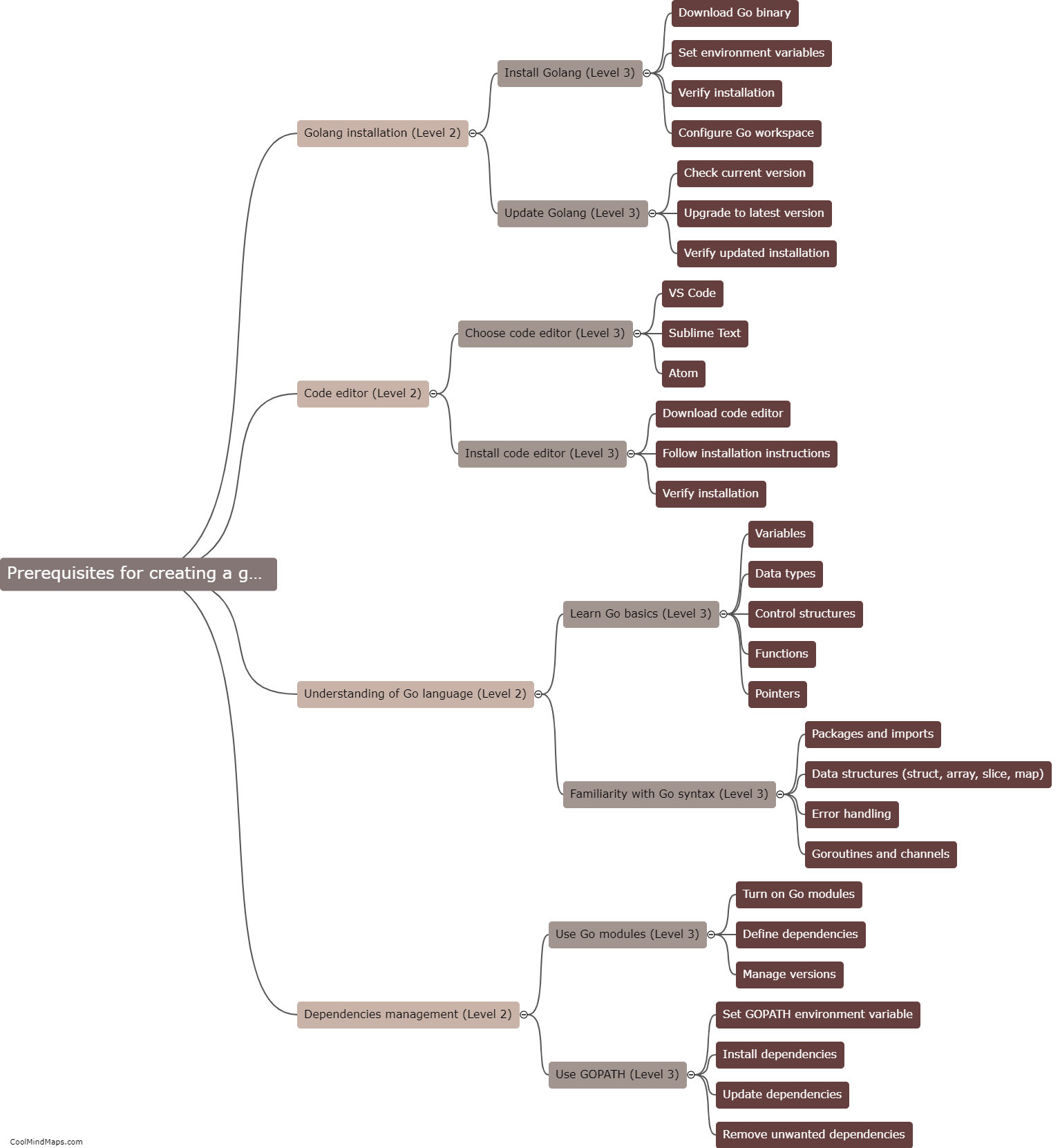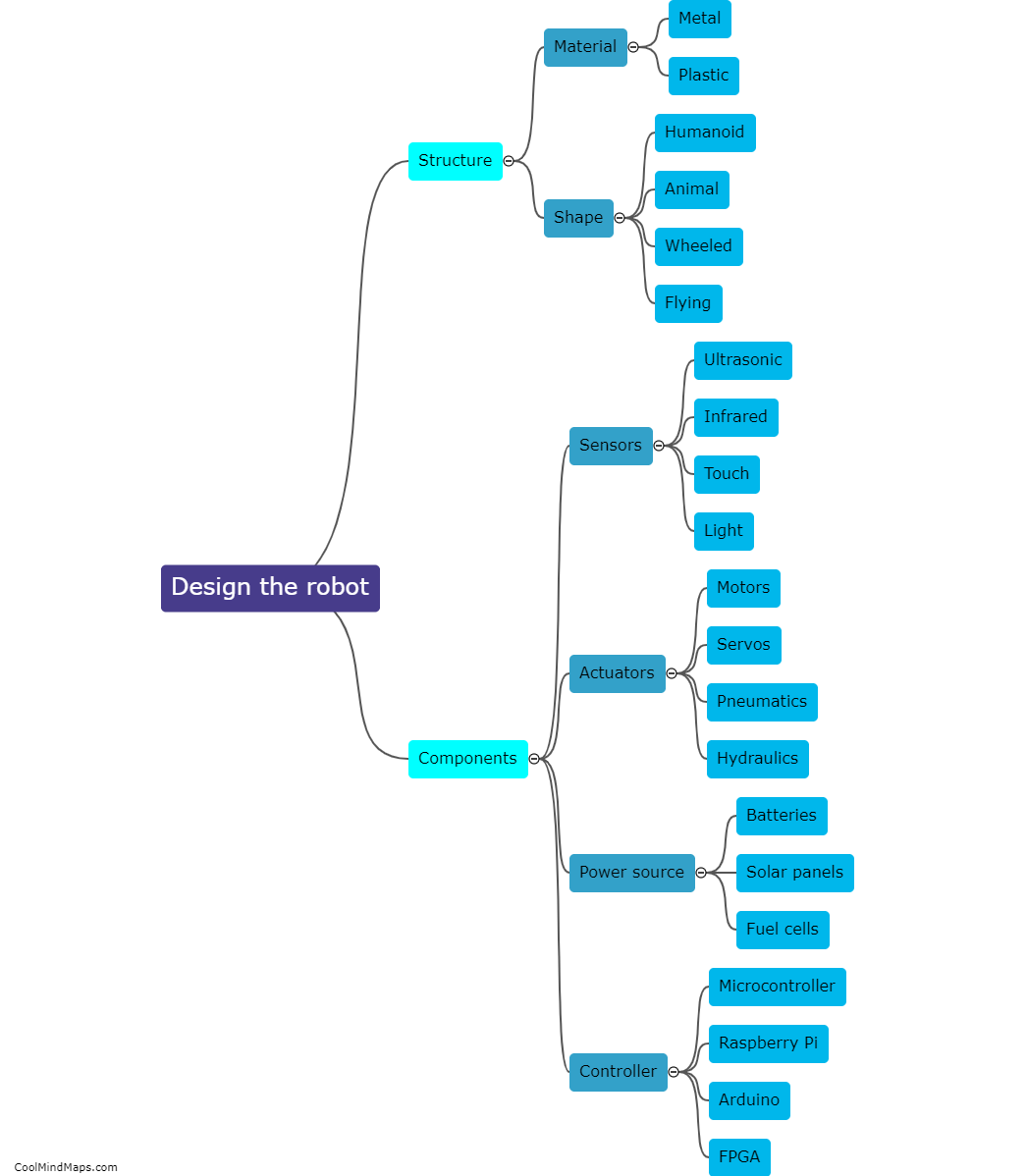What are the phases of a traditional audit process?
The traditional audit process typically consists of several distinct phases. The first phase involves planning and risk assessment, where the auditor comprehends the client's business, identifies potential risks, and plans the necessary audit procedures. This is followed by the fieldwork phase, where auditors gather evidence by performing tests, analytical procedures, and other audit procedures. The next phase is reporting, where the auditor assesses the audit findings, forms an opinion on the financial statements, and prepares the audit report. Lastly, the follow-up phase involves communication with the client and addressing any concerns or recommendations arising from the audit. These phases collectively ensure the effectiveness and reliability of the audit process in providing assurance on the financial statements of an organization.
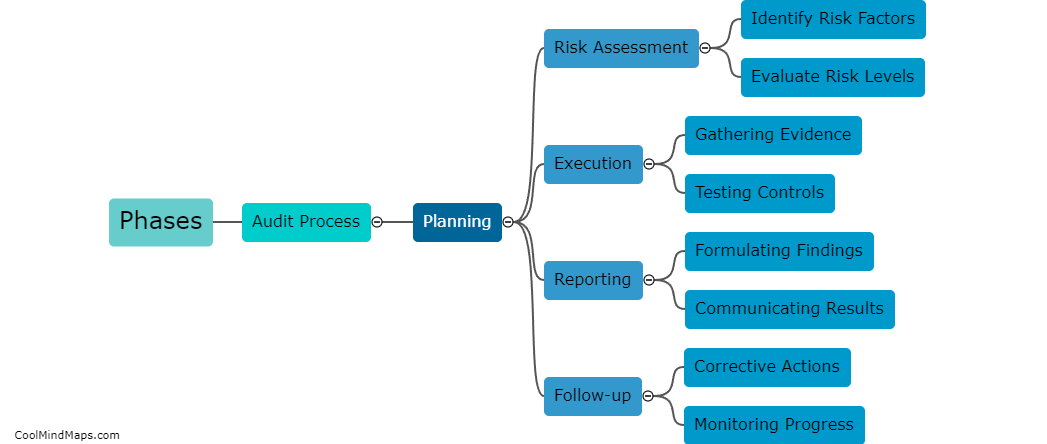
This mind map was published on 26 September 2023 and has been viewed 66 times.
